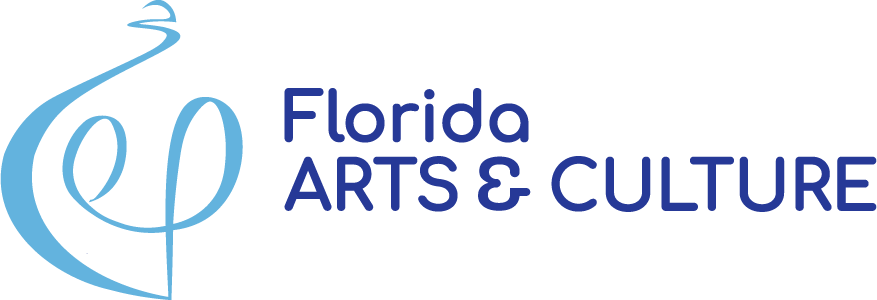Behind the Scenes: Peter and the Starcatcher – Week 5
February 28, 2017 | Theatre Tallahassee | Behind the Scenes, Featured, News
Greetings landlubbers! This week we embark on a new adventure: having a set and no scripts!
Sunday
Today is a workday! With the mainstage finally available for us to start loading in, we’re doing just that. Over the last week or so, Derek (who also is the theatre’s technical director and master carpenter) has been working on building the various set pieces in the scene shop. We often have patrons who think that we rent or borrow our sets from other theatrical companies, but the truth is that we build and paint all of our sets on site. We save things like wall flats, platforms, doors, and windows, and they get re-used multiple times. This set is a little unusual, so much of it is made from scratch, or from scraps of left over sets.
Derek and his crew start loading in the platforms and stair units that will make up the set. They take special care with the center platform and the long stair unit, which will be supported by heavy poles. Other pieces, which will form the back of the set, are screwed together, and will be rigged to fly later. “Flying” refers to the practice of raising or lowering a set piece from above. Theatre Tallahassee doesn’t have a full fly system, our roof is too low over the stage to accommodate anything taller than three feet in height. Luckily these pieces only have to move up and down a bit and never are flown out completely.
[slideshow_deploy id='5407']
In the Magnolia room, we’re also hard at work on building some of the props for the show. Jessy struggles with a hot glue gun (and ends up burning her finger on it) while gluing kitchen implements to the ends of umbrellas. Some shows have fairly simple props, this one has some very complicated, imaginative props. It makes building them fun, but also a challenge. Gerry comes in, too, to work with any cast members who need additional time learning the music.
By the end of the day, we've got a bunch of new or improved props, and the set is almost complete, minus a few things like railings which will go on tomorrow before rehearsal. A separate day will be scheduled for painting.
[slideshow_deploy id='5419']
Monday/Tuesday
Monday and Tuesday mark a lot of firsts for the casts. It’s their first time running the two acts with the set, which poses a few challenges. We start off on Monday with the cast climbing all over the set, up and down the various ladders and stairs, and through the trapdoor. It’s important for them to get a feel for the set before they have to perform on it. Once we do get started, we pause a few times as we adjust blocking. Sometimes something that seemed to work well on a flat stage suddenly becomes a problem once it’s being performed on a staircase or platform. The space is also now constrained by the set, and people who have gotten used to almost phasing through invisible walls in order to get from Point A to Point B, are now reminded that reality doesn’t bend that way. So we adjust as needed to make things work.
It’s also the cast’s first night off book — at this point they are no longer allowed to have their scripts on stage with them. The stage manager follows along in the script and if an actor can’t remember their next line, they can call “line!” and the stage manager will prompt them. For some shows this can get tedious, especially in complicated scenes with a lot of people on stage. But the Starcatcher cast has risen to the challenge, and while there are plenty of line notes at the end of rehearsal (the stage manager also tracks when people call for lines, or flub the ones they do remember, and gives each actor a list of mistakes at the end of rehearsal so they can study those sections), overall the cast seems to know their scripts pretty well.
Wednesday/Thursday
Just like Monday and Tuesday, we break up the show into its two acts, running Act One on Wednesday and Act Two on Thursday. Now that the cast is more familiar with the set, and a little more confident that they know their lines, things start to speed up. Where it used to take us most of our three hour rehearsals to get through a single act, we’re now closer to actual run time. Both acts take about an hour and a half each to run, with a few stops and starts as we make further adjustments. When we’re finished with the run, Derek sits the cast down and gives them notes, making primarily minor tweaks based on what he saw. “Kenny,” he says to the actor who plays Alf, and then references a line early in Act One. “It’s the urgency of that line that starts the play. You’ve gotta move.” It’s not just physically, it’s also vocally. If Kenny drags that line out, we move more slowly into the action of the story, but if Kenny picks up the pace of his movement and his words, the audience will be thrust right into the action of the play with the rest of the cast.
[slideshow_deploy id='5436']
When we’re done with notes, Derek has a list of trouble spots he wants to work. These generally tend to be places where a simple note won’t fix the problem, or he wants the actors to get something into their muscle memory for next time. There’s a gag in Act One where Nathan’s character is mirrored by Keith. “You’ve had a wonderful experimental period,” Derek tells Nate. “But now we’re gonna nail it down.” And they spend a few minutes deciding exactly how Nate is going to move as he delivers his lines, so that Keith can counter him.
On Thursday, we end up having to change rehearsal locations at the last minute due to a scheduling snafu, and a friend and regular volunteer finds us a spot to rehearse at her church (thank you Jania!). We manage to make it through Act Two even faster than Act One, leaving us plenty of time to work some very complicated bits, including the umbrella scene. For some reason, the line rhythms are totally off and the actors confused. We finally nail it, but for good measure, just before we leave, we let them pick up their scripts and run that section while we record it. Later, the actors will be able to go back and listen to the recording over and over so they can practice where their lines come in.
[slideshow_deploy id='5455']
Friday
We’re back at the preschool gym (for the second to the last time), and tonight is all about dancing and stunt work. Anna is in charge tonight, and we work each stunt or dance moment individually. Keith (Peter) spends quite a lot of time getting picked up and thrown around, and it’s important that we figure out how to do so in a way that’s safe for Keith and the actors who are lifting him.
Anna also works a couple of small moments that require a little choreography. The characters in the scene are pirates, so we don’t want their dancing to be too “clean.” She lets the actors experiment a little, but Derek wants something a little different. Finally they settle on a simple unison movement that they’re both happy with.
For the end of rehearsal, we focus on the mermaid dance they learned last week. Most of the cast has the beginning of the dance well in hand, but the end of it, which they didn’t have a chance to run as much two weeks ago, tends to fall apart on stage. Anna takes them through the end of the number several times, tweaking positioning, or helping them solidify choreography. We run through the entire mermaid number before we finish for the night, and while the end looks great now, it’s clear we’ll need to do some touchups on the beginning as well. Trouble is, we’re starting to run out of time. There’s only two and a half weeks left until we open.
Peter and the Starcatcher opens March 16! Get your tickets early because we expect this show to sell fast.
Photos this week by provided by Jessy Reaves and Melissa Findley.




